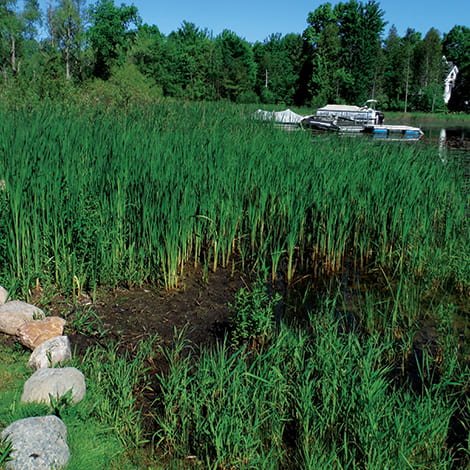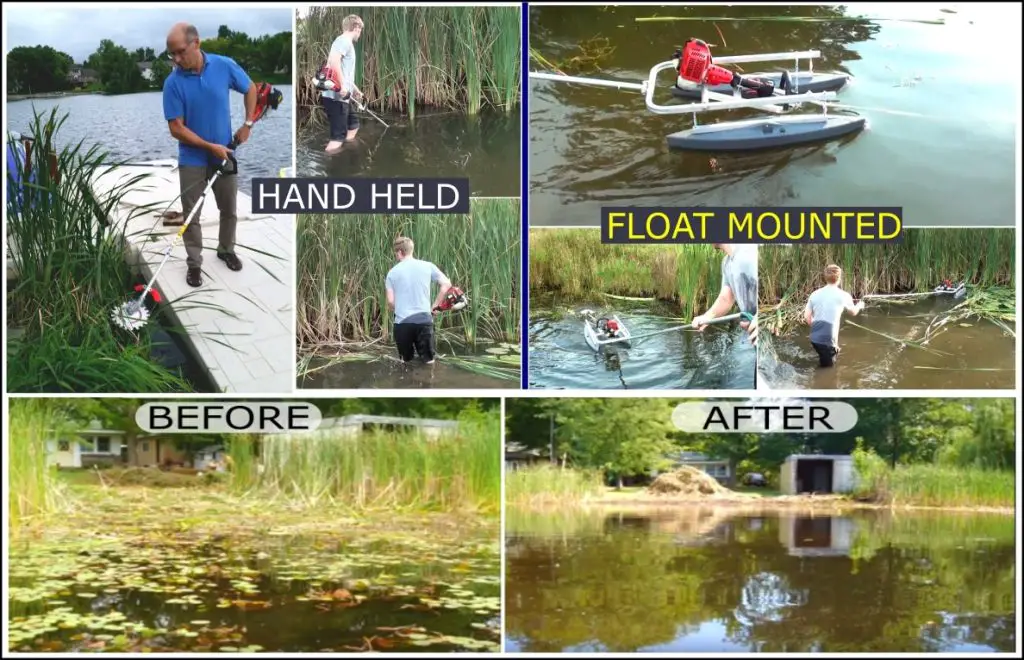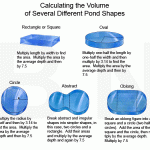Having a pond on your property can be a beautiful addition, but when invasive species like cattails start taking over, it can quickly become a nuisance. Cattails are tall, reed-like plants that can spread rapidly and overcrowd your pond if not properly managed. In this article, we will explore effective methods to get rid of cattails and restore balance to your pond ecosystem.

Credit: www.wikihow.com
Understanding Cattails
Cattails are perennial plants that thrive in wetland environments. They have long, slender leaves and distinctive brown, sausage-shaped flower spikes. While cattails play a crucial role in maintaining healthy wetland ecosystems, they can quickly become invasive in ponds and other water bodies, outcompeting native plants and disrupting the natural balance.
Manual Removal
One of the most straightforward methods to control cattails is through manual removal. This involves physically cutting or pulling out the plants from the pond. You can use tools like rakes, shovels, or specially designed aquatic weed cutters to uproot the cattails. Be sure to remove the entire plant, including the roots, to prevent regrowth.
Steps For Manual Removal:
- Identify the areas where cattails are growing.
- Wear protective gloves and clothing to prevent skin irritation.
- Use a shovel or rake to loosen the soil around the cattails.
- Carefully pull out the cattails, ensuring you remove the roots.
- Dispose of the cattails properly to prevent them from spreading.
Chemical Control
If manual removal is not feasible or if the cattail infestation is extensive, you may consider using herbicides to control their growth. Selective herbicides specifically designed for aquatic use can effectively target cattails while minimizing harm to other aquatic plants and wildlife.
Precautions When Using Herbicides:
- Read and follow the instructions on the herbicide label carefully.
- Avoid using herbicides on windy days to prevent drift.
- Use protective gear such as gloves and goggles when applying herbicides.
- Ensure the herbicide is approved for aquatic use and follow recommended application rates.
Natural Solutions
If you prefer a more eco-friendly approach, there are natural solutions that can help control cattail growth in your pond. One effective method is introducing biological controls such as cattail-eating insects or fish that feed on cattail roots. Additionally, promoting biodiversity in your pond by planting native aquatic plants can help outcompete cattails and prevent their overgrowth.
Benefits Of Natural Solutions:
- Promotes a balanced ecosystem in your pond.
- Reduces the need for chemical interventions.
- Sustainable long-term cattail control.

Credit: www.thepondguy.com
Regular Maintenance
Preventing cattails from taking over your pond requires regular maintenance and monitoring. By keeping the water body healthy and balanced, you can create an environment that is less conducive to cattail growth. Regularly removing debris, controlling nutrient levels, and ensuring proper water circulation can all help prevent cattails from spreading.
Tips For Pond Maintenance:
- Remove excess nutrients by installing aeration systems.
- Monitor water quality parameters such as pH and dissolved oxygen levels.
- Inspect the pond regularly for signs of cattail growth and take proactive measures.
- Consider consulting with a pond management professional for expert advice.
Conclusion
Dealing with cattails in your pond requires a combination of strategies, from manual removal to natural solutions and chemical control. By understanding the nature of cattails and taking proactive steps to manage their growth, you can maintain a healthy and balanced pond ecosystem. Remember that each pond is unique, so it may take some trial and error to find the most effective method for controlling cattails in your specific environment.





